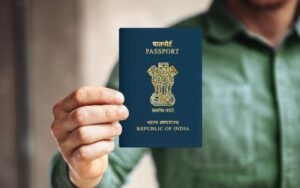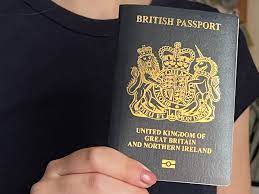Introduction:
Getting your Indian visa rejected can be a disappointing and frustrating experience. However, it’s important not to panic and know what steps to take next. In this article, we will discuss common reasons for Indian visa rejected, what to do if your visa is rejected, and how to increase your chances of approval in the future.
Common Reasons for Indian Visa Rejection
There are several reasons why your Indian visa may have been rejected. Some of the most common reasons include:
- Incomplete or incorrect documentation
- Lack of financial proof
- Criminal record or past visa violations
- Purpose of visit not clear
- Overstaying in a previous visit
It’s essential to carefully review all of the requirements for an Indian visa and ensure that you have provided all necessary documents and information to avoid rejection.
What To Do If Your Indian Visa is Rejected
If your Indian visa is rejected, the first step is to understand the reason for the rejection. You will receive a letter from the Indian consulate outlining the reasons for rejection. Once you know the reasons, you can take the following steps:
- Reapply: In some cases, you may be able to address the issues that led to the rejection and reapply for the visa.
- Seek Legal Advice: If you believe the rejection was unjustified, you may want to consult with an immigration lawyer to explore your options.
- Appeal: Some visa rejections can be appealed. If you have strong grounds for appeal, you can submit a formal appeal to the consulate.
How To Increase Your Chances of Approval
To increase your chances TYPES OF INDIAN E VISA of approval for an Indian visa in the future, consider the following tips:
- Provide Complete Documentation: Ensure that you have provided all required documents and that they are up to date.
- Show Proof of Financial Stability: Provide evidence of sufficient funds to cover your trip expenses.
- Be Transparent: Clearly state the purpose of your visit and provide all necessary details.
- Follow Immigration Laws: Make sure you comply with all immigration laws and regulations during your stay in India.
- Seek Professional Help: If you are unsure about the visa application process, consider seeking help from a professional visa consultant.
Conclusion
Having your Indian visa rejected can be discouraging, but it’s essential to stay calm and take the necessary steps to address the reasons for rejection. By understanding why your visa was rejected, taking appropriate action, and following the tips mentioned above, you can increase your chances of approval in the future. Remember to be proactive and thorough in your visa application process to avoid rejection.


